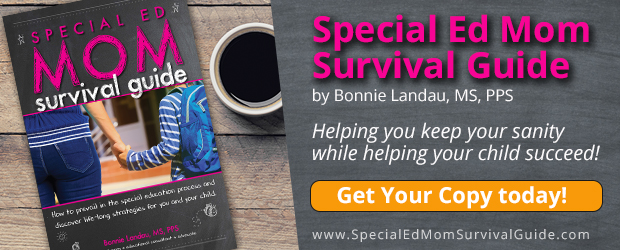 Sometimes, traditional parenting methods can be a source of frustration in families with children on the autism spectrum. Kids with autism often express themselves differently, have special sensory concerns, and might not understand certain social expectations. Read on for some different strategies for helping a child with autism bloom
Sometimes, traditional parenting methods can be a source of frustration in families with children on the autism spectrum. Kids with autism often express themselves differently, have special sensory concerns, and might not understand certain social expectations. Read on for some different strategies for helping a child with autism bloom
Consider Nutrition Alternatives
A balanced diet generally provides the nutrition and energy our minds and bodies require. Yet, as Today’s Dietitian points out, sometimes those with autism benefit from an alternative therapy that embraces a diet change or supplementation. For instance, some parents add probiotics to their child’s diet in an effort to promote a healthier digestive tract. In this case, the assumption is that an imbalance of gut flora directly relates to overall wellness. You can add probiotics to your child’s diet through well-chosen foods or by way of taking a supplement.
Along those same lines, many families with children on the autism spectrum explore vitamin and mineral supplementation. Many kids with autism resist certain foods, and it can lead to a number of issues. If your child suffers from diarrhea, constipation, or other digestive concerns, your child may benefit from added vitamins and minerals.
CBD oil is another option worthy of consideration. Many people report better sleep quality, reduced anxiety, and better regulation of bodily functions through CBD oil therapies. If you are considering CBD oil for your child, read through online buying guides and look into what others say about various oils prior to committing. And as with any new treatment, discuss your thoughts with your child’s doctor before making the change.
Managing Schedules and Mealtime
Engaging your child in a balanced diet is sometimes harder than it sounds. Mealtime can be especially challenging for parents of children with autism. Try building in a relaxation period in the few minutes before meals by doing an activity your youngster finds relaxing, such as mindfulness exercises. Also, children with autism can find adherence to a schedule particularly helpful.
Consider whether your child prefers to read, hear, or see pictures, and think about how that could work in your circumstances. You can attach picture cards to bulletin boards, download free printable charts for the wall, or add egg timers to help your child know what is happening, as well as when and where. It’s a great way to lower anxiety through cues.
Sensory Input and Considerations
Processing sensory information is an issue for many children, and adapting the living environment can sometimes help. For instance, you can create a dedicated sensory space to help your child. Clear an area and add a few things such as strands of sparkling lights, an indoor swing, a radio with speakers, and some sensory boards.
Another idea is to invest in a few sensory toys, such as sensory rings. Consider the potential benefits of your backyard as well. As Friendship Circle explains, outdoor play offers important possibilities. A simple obstacle course, scavenger hunt, an outing to the park, and occasional romp in the rain could be a boon.
Social and Motor Skills Development
Social interaction and the development of motor skills are often especially challenging concerns for many families. Through exercise, Spectrum News suggests you can address both issues at the same time. While it can be intimidating to engage in exercising or sports, the movement and activity appear to promote an improved attention span, enhanced coordination, and better verbal and nonverbal communication.
Consider encouraging your youngster to try some yoga poses, engage in track and field, or go bowling. Many children and parents find swimming to be especially beneficial, not only helping with social and physical development, but also helping to assuage anxiety, encourage relaxation, and improve their general quality of life.
When your child is on the autism spectrum, it’s sometimes helpful to explore different parenting strategies. Consider engaging alternative therapies, setting up a sensory space, look for different ways to communicate schedules, and find appropriate exercises for your youngster.

ABOUT THE AUTHOR:
Bonnie Landau is a professional counseling and holistic therapist in Ventura County, California. Her specialities include therapy for autism, therapy for ADHD, and therapy for parenting who have kids with autism or ADHD or other neurodivergence. She changed careers from graphic design to counseling with the goal of helping struggling parents of kids with ADHD, autism, or other neurodivergence find strategies and solutions to help their children succeed. Bonnie is also the author of Special Ed Mom Survival Guide: How to Prevail in the Special Education Process and Find Life-long Strategies for You and Your Child.



